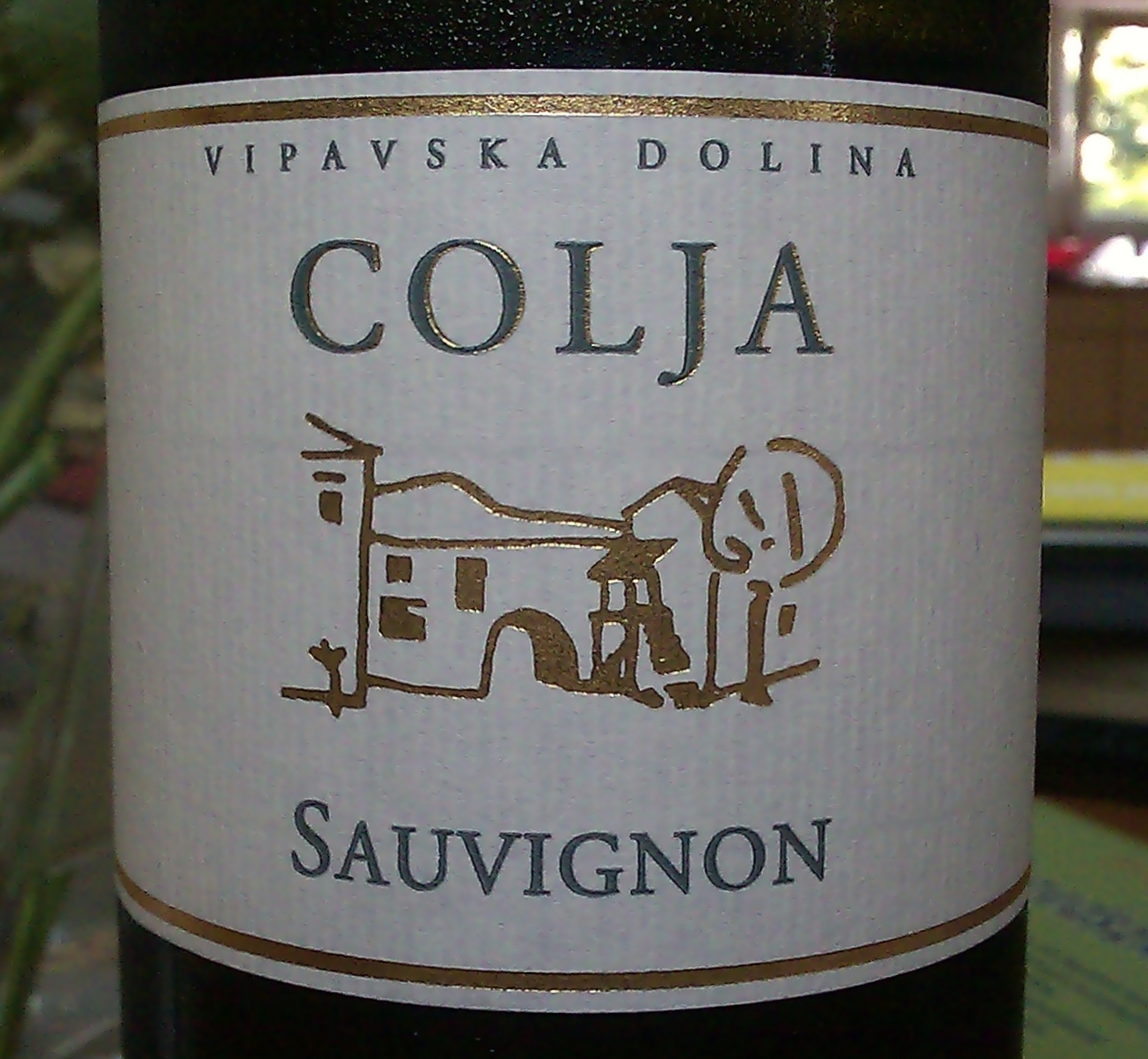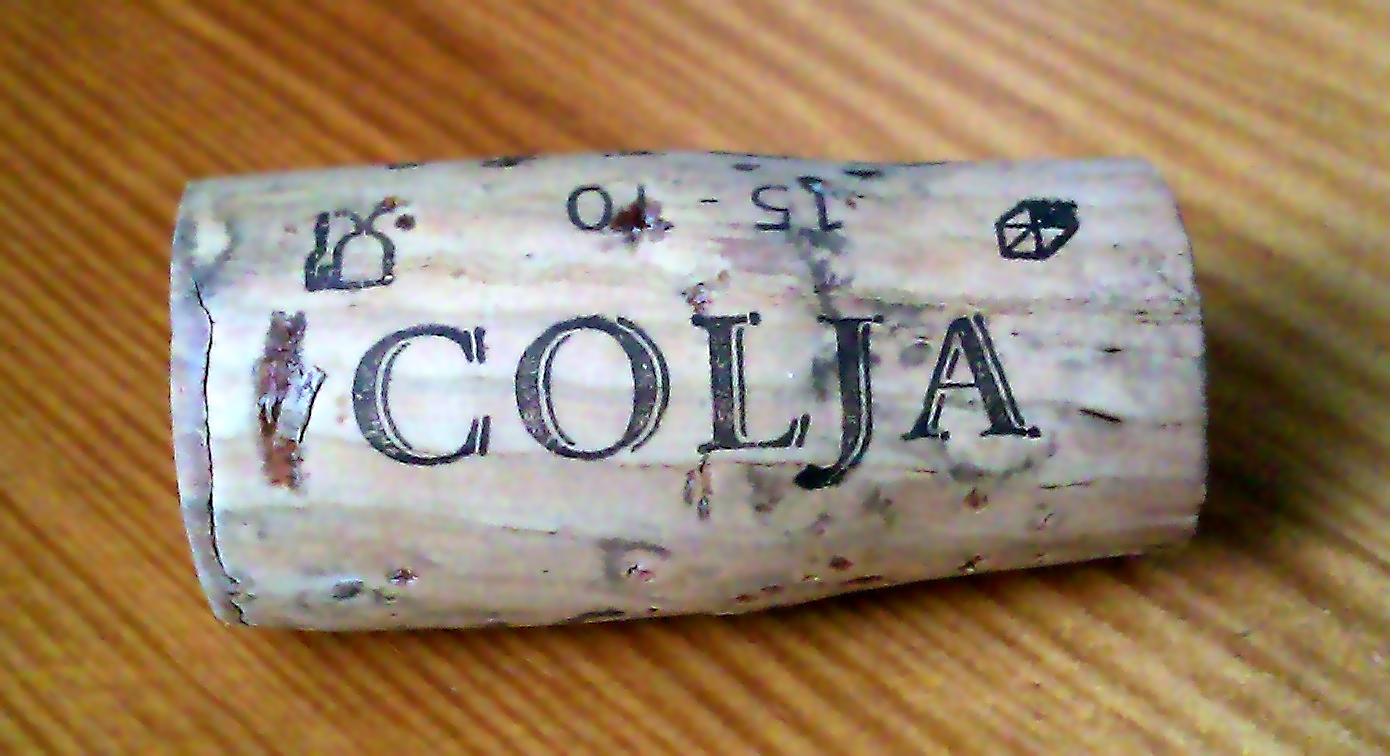I got caught
Posted on 13 June 2011
A funny thing happened yesterday. I opened a bottle of the 2009 Colja Sauvignon I got at the Ljubljana airport a month ago for 12.90€. I took a sip, then another, made a mental tasting note, came to the conclusion I really liked it, took pleasure in a third sip… It’s with the fourth I realised the wine is corked.
It happens to everyone, but it’s a meager consolation. One of my nightmares is ordering a bottle at a restaurant and approving the bottle, then after the sommelier has poured into glasses, realising the wine is actually corked. That’s because there exists the ‘slightly corked’ situation. Not a big stinky damp-cellary nose even my 2-year-old daughter would detect, but a subtle hint of dusty, herby aroma at detection threshold. It’s what happened here. And (that’s my last attempt at justifying, I promise) the grassy, herbaceous notes of Sauvignon Blanc, Cabernet Sauvignon and a few other grapes are not so very different from the smell of spoilt cork. So it’s trickier to spot a slightly corked Sauvignon than a Chablis, for example, if you haven’t got a particular TCA-sensitive (the molecule for bad cork) nose (I don’t).
Back to the wine, it’s a really nice Sauvignon. It isn’t overtly grassy or herbaceous, and doesn’t play the Sauvignon tune too loud. It’s got green fruit, but no nettle or spinach. Ripe, but balanced and refreshing, with a good mineral finish. It’s worth its slightly airport-inflated price, and comes close to that Sutor Sauvignon I recommended recently. Both wines come from the same small region in Slovenia: Vipava, which is emerging as one of the best European terroirs for Sauvignon in my opinion.
Disclosure
Source of wine: own purchase.



